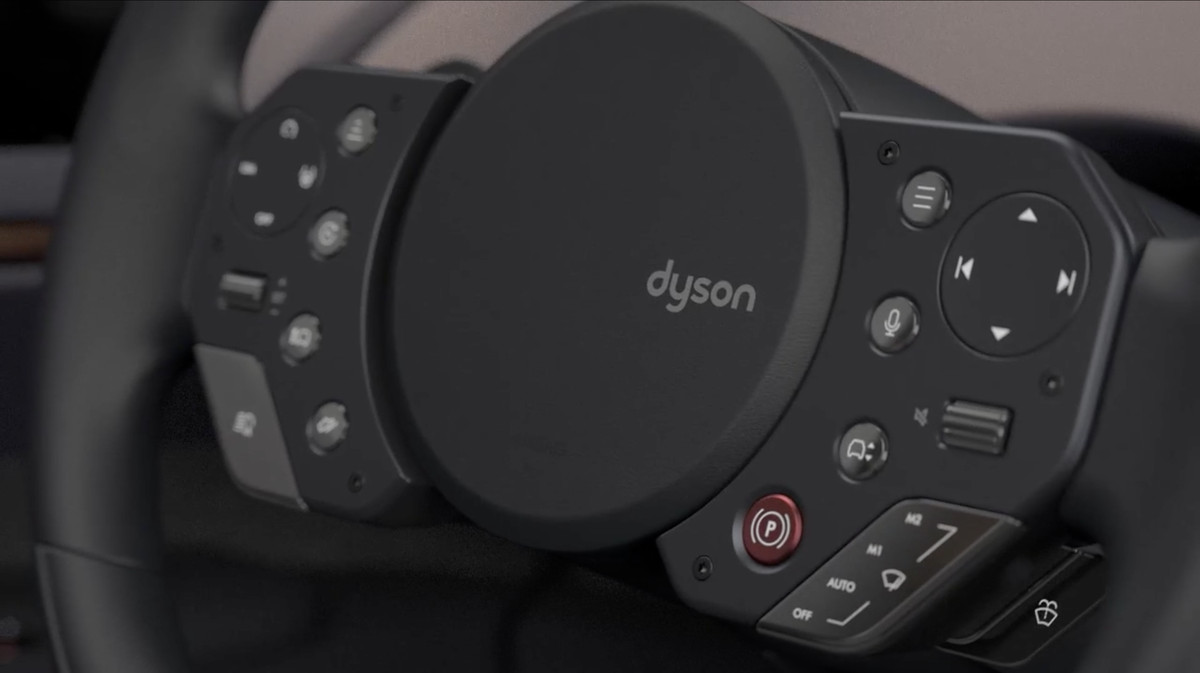Luxury vacuum magnate James Dyson has revealed new photos and a little more information about his company’s failed electric vehicle — a project into which he recently revealed he poured more than half a billion dollars of his own money.
In a new blog post on his company’s website, Dyson shows off some of the first images and videos of the real prototype it made before the project was killed last October, as well as a few more computer renderings. He describes the SUV as “a radical car which was loaded with technology,” and says his company “solved lots of problems that are traditionally associated with electric vehicles,” though the project was ultimately abandoned for not being “commercially viable.”
Missing from the post is any substantive explanation of what those problems were, though, or how the company was going to solve them. Dyson touts a “bespoke, integrated and highly efficient Electric Drive Unit (EDU) comprising Dyson digital electric motor, single speed transmission and state of the art power inverter,” though there’s no explanation about what sets those technologies apart from the ones developed by other companies in the electric vehicle space.
Other listed design benefits (like a flexible battery pack design, improved interior space, longer wheelbase) and features (like a heads-up display or handle-free doors) are also far from unique. And while Autocar reports that the SUV was supposed to offer somewhere around 600 miles of range using a 150kWh battery, Dyson never got close enough to put that claim to the test.
:no_upscale()/cdn.vox-cdn.com/uploads/chorus_asset/file/20017004/Screen_Shot_2020_06_03_at_4.09.27_PM.png)
One of the few standout parts of the SUV is the steering wheel, which looks more like a video game controller than anything. Other than that, the Dyson EV’s design is almost indistinguishable from Byton’s or even Faraday Future’s. Perhaps Dyson — which, unlike those startups, is a company that currently sells products and generates revenue — would have been able to make this luxury electric SUV work had it found the right manufacturing partner or scrounged up a few billion dollars to get to production. But even if the company had done that, it’d still have been just another small-volume electric vehicle for the wealthy — something that is decidedly not radical.
